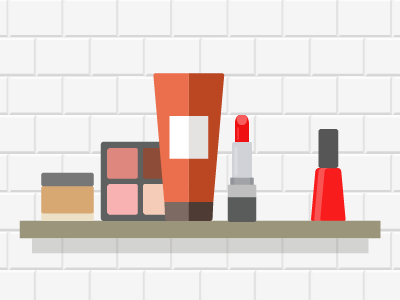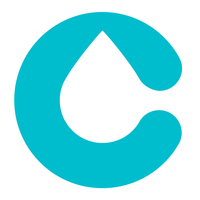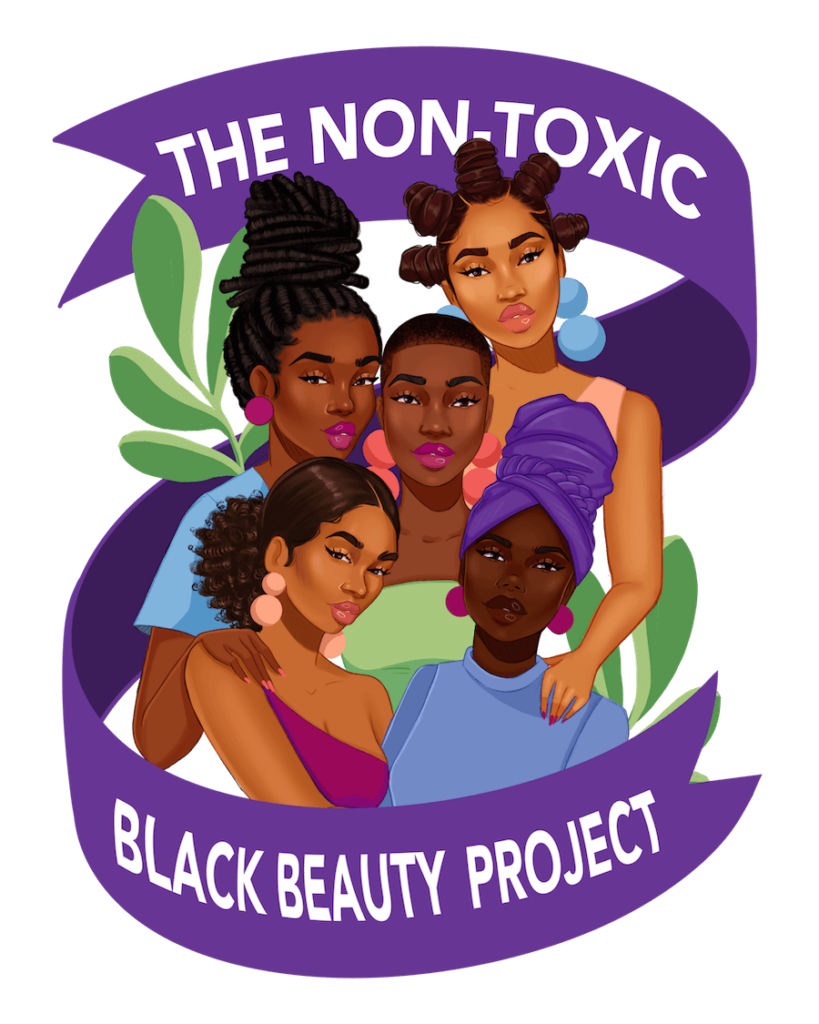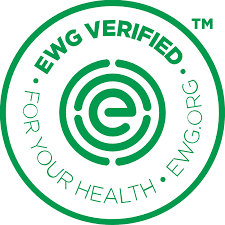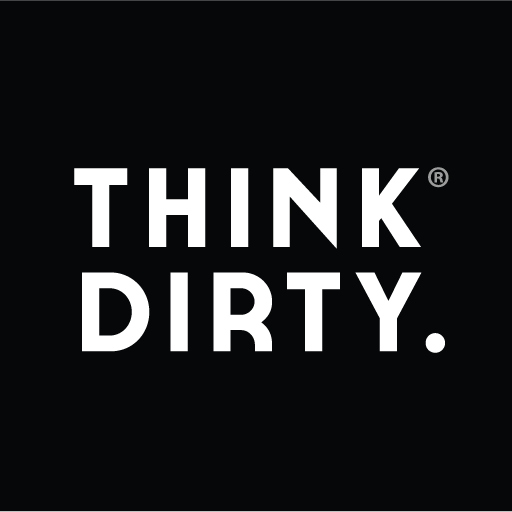Lipstick and lip balm can provide a quick pick-me-up if you enjoy wearing makeup. Since you can’t avoid swallowing some of what you put on our lips—and you don’t want to kiss your baby and leave a residue of harmful ingredients on baby’s skin—here are some quick tips to keep your lips colorful and toxic-free:
What To Avoid
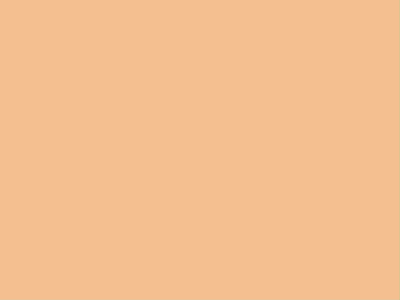
Preservatives:Certain Preservatives, such as Diazolidinyl urea, and other antibacterial and antimicrobial agents prevent germs (bacterial and microbial) from growing by releasing formaldehyde. Formaldehyde is known to cause cancer (a carcinogen). Another preservative, Phenoxyethanol, has been linked to skin irritations such as eczema and allergic reactions. If swallowed, this preservative may be particularly harmful to infants and their nervous systems. Widely considered to be a hormone disruptor, Parabens are another common preservative to avoid.

Fragrance:Hundreds, or even thousands of chemicals, can be lumped under the term “fragrance.” Many companies do not have to disclose the specific chemicals they used, claiming they are proprietary. Among several concerns in synthetic Fragrances, many contain Phthalates to boost the scent’s staying power. One such common phthalate is Diethyl phthalate (dep). Some chemicals listed as “fragrance” are suspected, or even known to increase risk of cancer (be Carcinogenic). Others may contribute to reproductive and brain development problems.

UV filters:Chemical uv filters are most commonly used in sunscreens to absorb UV rays. But they can also irritate the skin, stay in the environment, and harm sea life. Certain UV filters, (particularly oxybenzone, Octinoxate, or Sulisobenzone) have been shown to disrupt normal hormone function in humans and wildlife. In some studies, oxybenzone has been associated with reproductive harm.

Chemicals that end with “-eth”:Synthetic antioxidants (such as butylated hydroxytoluene, BHT, and butylated hydroxyanisole, BHA) can contain trace amounts of cancer-causing chemicals, notably 1,4-dioxane. They can be tricky to spot on a label, but checking for polyethylene glycol compounds (PEGs) or ingredients such as sodium laureth sulfate and chemicals that end with “-eth” (such as laureth, ceteareth or steareth) is a good start.

Heavy metals:Heavy metals are common in color cosmetics. Lead, a heavy metal, can be found in small amounts in many lip balms and lipsticks. Lead is readily absorbed when swallowed and can have harmful effects on brain development and behavior. There is no “safe” level of exposure to Lead.
Safer Choices
Oils & Butters:Pure shea butter, cocoa butter, and jojoba oil without additives or Fragrances generally do not contain any harmful contaminants. Note that the production of these butters and oils can have adverse environmental impacts.

Fragrance-free products:Buy fragrance-free products.

Safer products:Choose better options from using our Safer Product Directory page.

DIY:Safer choice recipes generally include some combination of: sweet almond, coconut, or grapeseed oils; shea or cocoa butters; and/or beeswax. Be sure to choose ingredients without harmful additives.
Find Safer Products
Websites and Apps:
Clearya
Clearya is a free browser extension and app that notifies you when there are unsafe ingredients in your makeup, personal care, baby care, cleaning and other products, and helps you find safe products.
Clearya is a free browser extension and app that notifies you when there are unsafe ingredients in your makeup, personal care, baby care, cleaning and other products, and helps you find safe products.
Campaign for Safe Cosmetics - Nontoxic Black Beauty Project
They offer a list and database of non-toxic beauty products made and sold by Black-owned companies that are committed to toxic-free beauty and personal care products.
They offer a list and database of non-toxic beauty products made and sold by Black-owned companies that are committed to toxic-free beauty and personal care products.
Detox Me
This app allows you to scan barcodes on products to find relevant tips. They also offer a buying guide to decode product labels and find non-toxic alternatives.
This app allows you to scan barcodes on products to find relevant tips. They also offer a buying guide to decode product labels and find non-toxic alternatives.
Environmental Working Group (EWG)
EWG has a "Skin Deep" database that rates personal care and beauty products based on their safety and toxicity levels. EWG also offers a Healthy Living app that allows you to scan barcodes and find safer products.
EWG has a "Skin Deep" database that rates personal care and beauty products based on their safety and toxicity levels. EWG also offers a Healthy Living app that allows you to scan barcodes and find safer products.
Think Dirty
This app and website allow you to scan or search for personal care products to see their ingredient safety ratings.
This app and website allow you to scan or search for personal care products to see their ingredient safety ratings.
